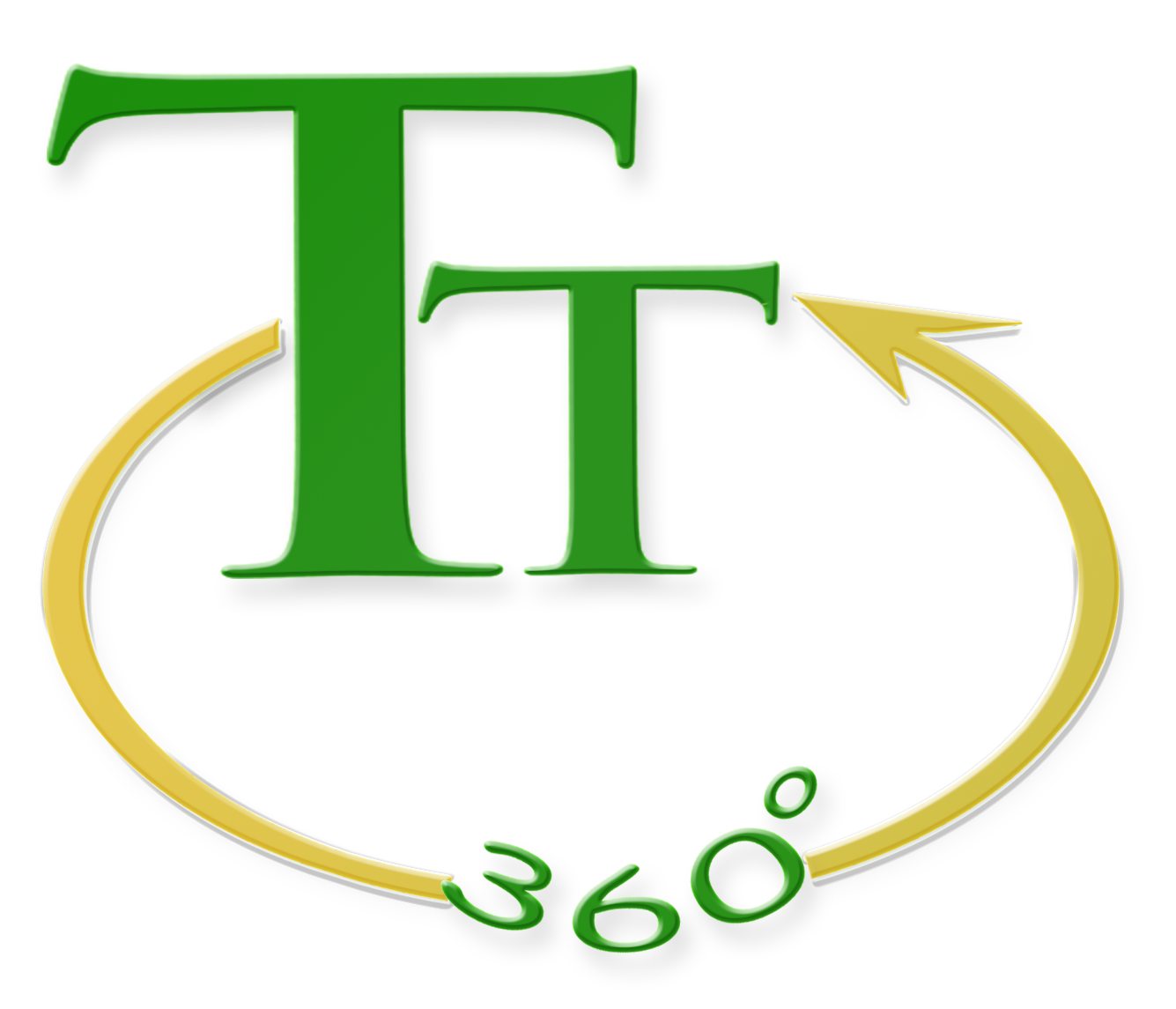In the realm of currency markets, the dollar scaled heights unseen in nearly three months versus other major currencies on Monday. Traders adjusted their positions, retreating from the belief that the U.S. Federal Reserve would aggressively slash interest rates this year. This shift came in response to fresh economic data further reducing the likelihood of such rate cuts.
January witnessed an upswing in the growth of the U.S. services sector. The surge was fueled by a rise in new orders and a rebound in employment, signaling a carryover of economic momentum from the fourth quarter into the new year. This data complemented Friday’s remarkable U.S. jobs report, surpassing expectations and prompting a reassessment of market predictions regarding rate cuts, the dollar’s robustness, and the potential peak of Treasury yields, known to fortify the U.S. currency
Steven Englander, the head of global G10 FX research and North America macro strategy at Standard Chartered Bank in New York, pondered, “Who can keep pace with the U.S. in terms of the rates adjustment? The market’s response thus far indicates few central banks and their respective currencies.”
On Monday, Treasury yields surged further following remarks by Federal Reserve Chair Jerome Powell over the weekend. Powell suggested the U.S. central bank might “give it some time” before implementing rate cuts. The dollar index, gauging the greenback against six other major currencies, reached 104.59, its highest point since November 14, concluding at 104.58 with a 0.53% increase.
The two-year Treasury yield experienced a 10 basis points rise to 4.478%, surging 18 bps on Friday. The euro, in turn, descended to its lowest level since November 14 at $1.0721, ultimately dropping 0.60% to $1.0727.

In a recent interview on CBS’s “60 Minutes,” Powell expressed the Fed’s inclination to exercise patience in deciding when to cut its benchmark interest rate. “The prudent thing to do is … to just give it some time and see that the data confirm that inflation is moving down to 2% in a sustainable way,” Powell remarked. The Japanese yen dipped to its lowest since early December in early Asia trade at 148.82 per dollar and settled at 148.79.
Rabobank’s head of FX strategy, Jane Foley, attributed the euro’s weakness to a stagnant economy in the euro zone. “We have stagnation in Germany. I think we’re going into a period when it’s going to be really hard for the euro to make significant gains.” On Monday, data revealed that German exports fell more than anticipated in December due to lackluster global demand.
Expectations of rate cuts by the Fed have diminished, with Fed funds futures now reflecting approximately 113 basis points of easing for this year, down from about 150 bps at the year’s end. The likelihood of a March cut has dwindled to 14.5%, a stark drop from around 50% a week earlier. Sterling faced a decline of 0.88% to $1.252, marking its lowest point since December 13, amid the dollar’s ascent.
Revised data indicating a lower-than-expected unemployment rate in Britain at the year’s end had minimal impact on the pound. Meanwhile, China’s central bank utilized the official guidance fix to maintain stability in its currency, setting the midpoint rate for the yuan stronger than Reuters’ estimate. This strategy provided marginal support to the onshore yuan, which struggled against the resurgent dollar, concluding the domestic session at 7.1982 – the weakest close since November 17, 2023.








